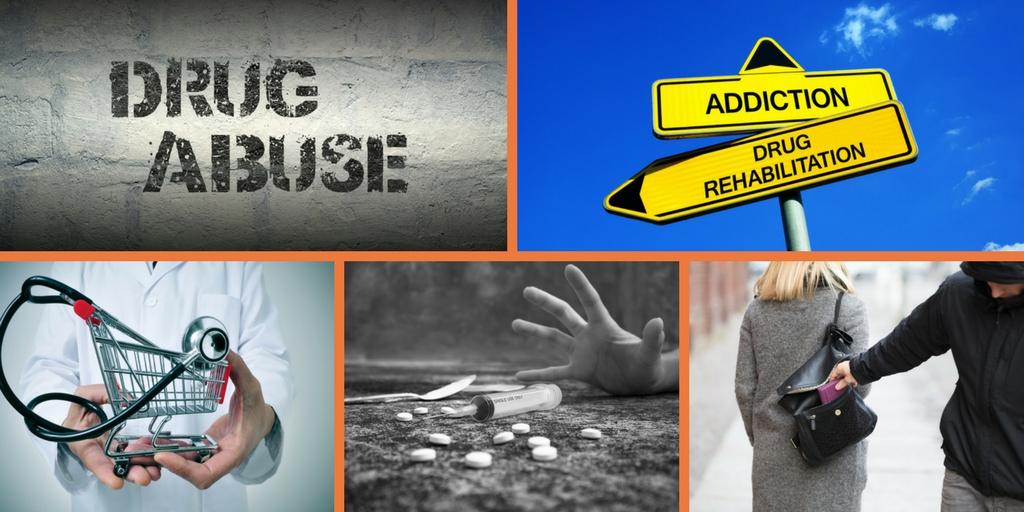
Prescription drug abuse is a rapidly growing concern in America. Although most people use prescription drugs as they’re intended, about 20 percent of Americans 12 and older have misused a prescription drug during their lifetime.1 Young people especially are at risk for developing an addiction to prescription drugs after misuse. One study showed that close to 17 percent of twelfth graders in the U.S. have misused prescription drugs even in such an early stage of life.2
There’s a lot of factors that contribute to addiction, and the more you understand, the better chance you have at helping someone who’s on a path toward addiction receive the care they need to recover.
How Addiction Works
The term addiction is thrown around quite often, but true addiction is quite complex. It all starts with our brains and how they communicate with our body. Communication is done through a network of neurons, neurotransmitters, transporters and receptors. In simple terms, when you think, feel or do anything, it produces chemicals in your brain which are sent through your body’s network.
This is what happens when a person takes a prescription drug. The drugs imitate naturally-occurring chemical responses or overstimulate existing responses and communicate them to the brain. Our minds naturally crave these chemicals and perceive them as “healthy,” so our brains tell us to repeat activities that produce them, like sleeping, eating and unfortunately, taking prescription drugs.
When the mind and body get caught in a repetitive cycle of craving the feelings created by prescription drugs, it becomes an addiction.
What is Prescription Drug Misuse?
Prescription drug misuse occurs when a person takes a medication in a way other than directed by a medical professional. That could mean taking a larger dose or ingesting the drug in an unapproved manner, such as snorting or crushing pills. It also means taking a prescription drug solely to feel euphoria, combining the drug with another drug or alcohol or using someone else’s medication, even if it’s for medical purposes.
Prescription drugs are often more potent than over-the-counter medicines, which is why they can only be acquired using a prescription given by a doctor. Misusing these powerful drugs for nonmedical or non-approved reasons can quickly lead to harmful addiction. It’s been estimated that one of out every four people who began abusing prescription drugs by the age of 13 developed a clinically diagnosed addiction sometime in their life.2

The Three Common Categories
How addiction occurs often depends on the drug category in question, but generally, addiction is caused by the actions of neurotransmitters and receptors in the brain that can be heavily influenced by the effects of prescription drugs. The three most common categories of prescription drugs that are associated with addiction are opioids, stimulants and depressants.
Opioids – Also called painkillers, these drugs are usually prescribed to treat acute and chronic pain. While they’re successful at face value, they can easily lead to addiction if misused or abused. Painkillers bind to opioid receptors found on nerve cells in the brain and release dopamine, causing feelings of euphoria, calmness and pleasure. According to the Centers for Disease Control (CDC), about 46 people die every day to due to prescription opioid overdose.3 Commonly misused opioids include:
- Oxycodone
- Hydrocodone
- Fentanyl
- Meperidine
- Methadone
- Hydromorphone
Stimulants – The stimulant family consists of medications used to treat conditions like ADHD and ADD. When the brain is on stimulants, dopamine and norepinephrine, which are natural chemicals in the brain, are built up and strengthened, producing an effect similar to being on cocaine. People take stimulants to feel more focused and alert, and they often believe this feeling will help them perform better at work or school. Unfortunately, it’s easy for the brain to become dependent on these feelings and addiction to develop. Commonly misused stimulant drugs include:
- Adderall
- Dexedrine
- Dextrostat
- ProCentra
- Benzedrine
Central nervous system (CNS) depressants – A doctor might prescribe a CNS depressant to help a person fight anxiety attacks, high levels of stress or a similar condition in which tranquility and calmness might help alleviate symptoms. Depressants produce a relaxation-inducing chemical called gamma-aminobutyric acid (GABA). These unnatural levels of calmness can trigger addiction, especially for a person who deals with high anxiety or has trouble falling asleep. Commonly misused CNS depressants include:
- Barbiturates
- Benzodiazepines
- Eszopiclone
Signs of Addiction
It’s important anyone who takes prescription drugs or knows someone who does understand which signs to look for that may indicate addiction. A person who is addicted to prescription drugs may show any of the following behavioral or mental traits:
- Requiring a constant supply
- Changes in physical appearance
- Depression
- Withdrawal symptoms
- “Doctor shopping,” meaning they seek out doctors who will give them a prescription with as little testing or diagnosis as possible
- Resorting to illegal activity, like stealing, to get money for the drug
- Emotional preoccupation with obtaining or taking a drug

Recovery is Possible at Recovia
If you are struggling with prescription drug addiction or you know someone who is, it may seem like beating addiction and recovering is next to impossible, but that’s not the case! At Recovia, we provide people with an individualized recovery plan that includes social, psychological and biological treatment. We take pride in providing compassionate rehabilitation that’s both effective and affordable. For more information about recovery with Recovia, call (480) 712-4600 or contact us online today!
Most Commonly Misused and Abused Prescription Drugs

---




